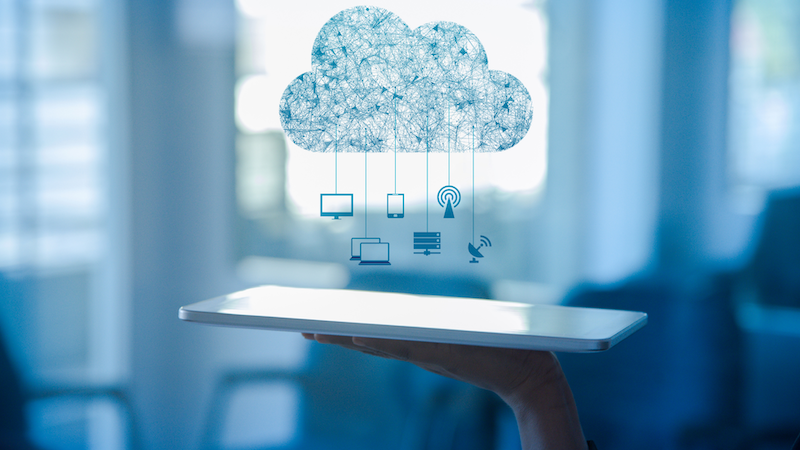The Pathway to Net Zero: What Role Does Technology Play?

As the world grapples with the escalating climate crisis, the race to achieve net-zero emissions is more urgent than ever. Businesses are significant contributors to global carbon emissions and have a crucial role to play in this endeavour.
The Need for a Reduction In Carbon Emissions
The Intergovernmental Panel on Climate Change (IPCC) has made it clear: to avoid the most catastrophic impacts of climate change, we must drastically reduce our carbon emissions. Achieving net-zero emissions by balancing the amount of emitted greenhouse gases with the amount removed from the atmosphere is no longer an option but a necessity.
A company’s net-zero and biodiversity-positive strategies are only as green as the technology stack that powers its systems. Businesses need to strive to offset their own carbon emissions entirely to achieve a net-zero carbon footprint. Having net-zero status is crucial in combating climate change.
How Technology Can Support Net Zero
Technology offers a myriad of solutions to help businesses reduce their carbon emissions. From energy-efficient operations to data-driven decision-making, technology is at the forefront of the fight against climate change.
Cloud Services
Cloud has become a key driver of the UK’s digital economy, giving businesses of all sizes and sectors access to computing resources that are flexible and scalable on-demand. Applications, platforms, data storage and infrastructure can all be delivered as a service, allowing for more flexible and efficient use of resources – and potentially a reduction in energy use, water consumption and carbon footprint relative to legacy infrastructure. Some 70% of business leaders focusing on sustainability initiatives will look to public cloud services to achieve these outcomes by 2026.
Cloud services are leading the way in reducing IT infrastructure’s carbon footprint. By hosting applications and data on the cloud, businesses can reduce the energy consumption of their IT operations, thereby reducing their carbon emissions.
Microsoft’s commitment to renewable energy ensures that its cloud services are powered by sustainable sources, further enhancing its environmental benefits. A 2018 study found that using the Microsoft Azure cloud platform can be up to 93% more energy efficient and up to 98% more carbon efficient than on-premises solutions.
Microsoft Cloud for Sustainability
Microsoft Cloud for Sustainability is an innovative tool that enables businesses to record, report and reduce their environmental impact. It provides businesses with the data they need to understand their carbon footprint, set sustainability goals and track their progress.
- Unify data intelligence – gain visibility to drive sustainability reporting, sustainability efforts and business transformation by streamlining data and analysing and reporting environmental impact and sustainability progress.
- Build a sustainable IT infrastructure – identify opportunities to replace tools, systems or activities with cleaner options and add business value by creating carbon and energy efficiencies in the cloud.
- Reduce the environmental impact of operations – minimise the environmental footprint of your operational systems and processes by enabling seamless collaboration around goals and progress.
- Create sustainable value chains – provide greater transparency and accountability through your value chain, from sourcing of materials through end of use.
Microsoft Cloud for Sustainability empowers organisations to accelerate progress towards net zero while driving business growth. By leveraging the power of data, businesses can make informed decisions that align with their sustainability objectives.
Artificial Intelligence
AI can play a crucial role in energy management through the automation of tasks in demand response, storage optimisation, research and market analysis.
Businesses can also use AI to:
- monitor real-time energy usage
- identify peak energy periods
- reduce waste
- predict renewable energy patterns.
With this data, businesses can not only gain a detailed and instant overview of how much electricity and gas is used but can also look to create automated programs to adjust usage and cut costs.
By tracking their carbon footprint using AI, businesses can understand exactly how much they are contributing to the build-up of greenhouse gases, thereby having a way of benchmarking to try to minimise their environmental impact.
As AI and machine learning advance and increasingly become part of technology-driven sustainability solutions, they can be used to take mass amounts of geospatial data and more accurately design supply-chain interventions that are collaborative, cost-effective and planet-friendly – and all at unprecedented speed and scale.
Although adopting AI may seem costly, it can help businesses to reduce costs while keeping sustainability front of mind.
How To Get Started
Transitioning to net-zero emissions can seem daunting but with the right approach, it’s an achievable goal. Here are some steps to get started:
- Understand your current carbon footprint: Use tools like Microsoft Cloud for Sustainability to measure your current carbon emissions.
- Set clear, achievable goals: Define what net-zero emissions look like for your business. Set interim targets to make the process manageable.
- Leverage technology: Use cloud services and AI to reduce your IT infrastructure’s carbon footprint. Utilise data analytics to make informed decisions about your operations.
- Engage your stakeholders: Ensure your employees, customers and partners understand and support your sustainability goals.
- Monitor your progress: Review your progress regularly. Adjust your strategies as necessary to stay on track.
Get Expert Help
Achieving net-zero emissions is a challenging but necessary goal. With the help of technology, businesses can reduce their carbon footprint and make significant strides towards sustainability. Microsoft’s Cloud for Sustainability and Azure offer powerful tools to support businesses on their journey to net-zero emissions. By leveraging these technologies, businesses can not only reduce their environmental impact but also drive innovation, improve efficiency and build a sustainable future.
Get in touch with Microsoft Gold Partner PSTG today to find out how we can help you along the path to net zero and start your sustainability journey with us.




